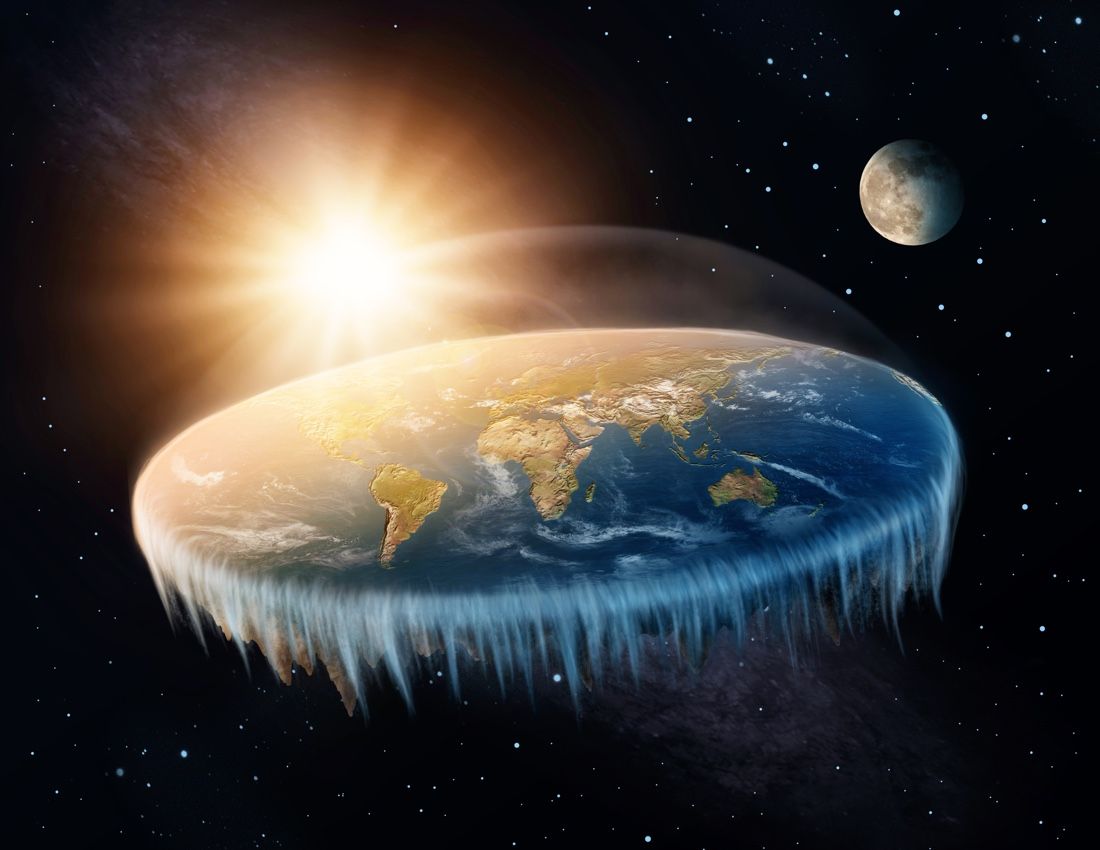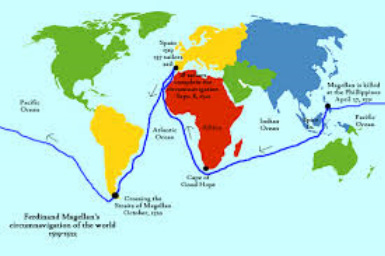Flat Earth?! Really?
7 counterarguments that debunked Flat Earth more than 2000 years ago
The Earth is spherical and not flat, even though it appears to be the latter at smaller scales. Flat Earth seems to be a relatively new phenomena, a modern conspiracy theory, as the knowledge of the rotundity of Earth dates back to ancient times, which is more than 2000 years ago.
So, here is a rundown of all the different counterarguments we have had since ancient times for believing in a globe Earth and not a flat plane.
 |
| Flat Earth?! Image credit: Live Science |
 | |
| The Blue Marble [Photographic evidence, which is certainly not forged] [Image credit: wikipedia.org] |
 |
| Turtle world- btw, what is the turtle floating in? Where does that water come from? Flat Earth cherry picks evidence and ignores crucial scientific laws that govern the universe. [Image credit:whats-your-sign.com] |
- Eratosthenes of Cyrene concluded that the Earth was spherical more than 2000 years ago, using a little trigonometry and a stroke of genius. He even predicted the circumference of the Earth (about 250,000 stadia, or 25,000 miles (40,000 kilometers) which is impressive for the time. He did this by erecting two pikes of known length in the cities Alexandria and Syene and then calculating the angle that the sun's rays made with respect to the pikes using the ratio of the length of the pike and the shadow that they cast, using trigonometry. Since he already knew the distance between Alexandria and Syene he could rearrange the equation to figure out the missing variable- that is the circumference of the Earth, which is long, long before rockets and space travel!

The distance between Alexandria and Syene was 5000 stadia- plugging that in and solving for the missing variable, we get the circumferece of the Earth!
Image credit: khanacademy.orgAn infographic explaining Eratosthenes' method
Image credit: Simon Fraser University Online - The Greeks noticed that during a lunar eclipse, the shadow which falls on the moon is always circular, and never thin. The simplest explanation for this is the fact that the Earth is spherical.
- A flat disc can certainly cast a circular shadow if it is centered face forward to the Moon, but that explanation comes with more "ifs" attached, and therefore, preference is given to the spherical Earth argument, which explains more observations with the fewest assumptions attached. This rule of thumb is called Occam's Razor.

Shadow of the Earth on the moon during a lunar eclipse.
[Image credit: sky-lights.org] - Travelers going south always noticed southern constellations rising above the horizon. [The same would hold true of if one were to travel north.] The stars are very far away, and therefore appear stationary in the sky for the most part. Their movement in the sky is either due to the movement of the Earth through the sky or the movement of travelers from one hemisphere to another on a spherical planet.

Constellations visible in the northern and southern hemisphere
Image credit: VectorStock - The famous ship argument- The Egyptians noticed that one always
sees the hull of a ship before its lower part, as the lower part of the ship is
obscured due to the curvature of earth. This would not take place on a Flat Earth.
The hull of a ship disappearing below the horizon before the upper part
Image credit: Quora - Surface circumnavigation- In the 14th and 15th centuries, explorer Ferdinand Magellan started a voyage in his ship Victoria to yield a commercially successful trade route for Spain. They started westwards and continued. After completing the journey, the crew reached the exact same spot once again. This proved the rotundity of the earth.
- Circumnavigation, again can be explained as a circular path on a flat Earth, but comes with additional layers of complexity tacked on to a relatively simple theory, which is bad practice in science, and along with pt. 2 is an example of confirmation bias.

A portrait of Ferdinand Magellan- one of the first circumnavigators of the world
Image credit: thefamouspeople.com
 |
| The route taken by Ferdinand Magellan on his voyage. [Image credit: ageofexploration-renaissance-inquiry.weebly.com] |
Informative article. Thanks a lot.
ReplyDeleteBut I'm unable to comment if I use Google chrome. However, it works well with other browsers.